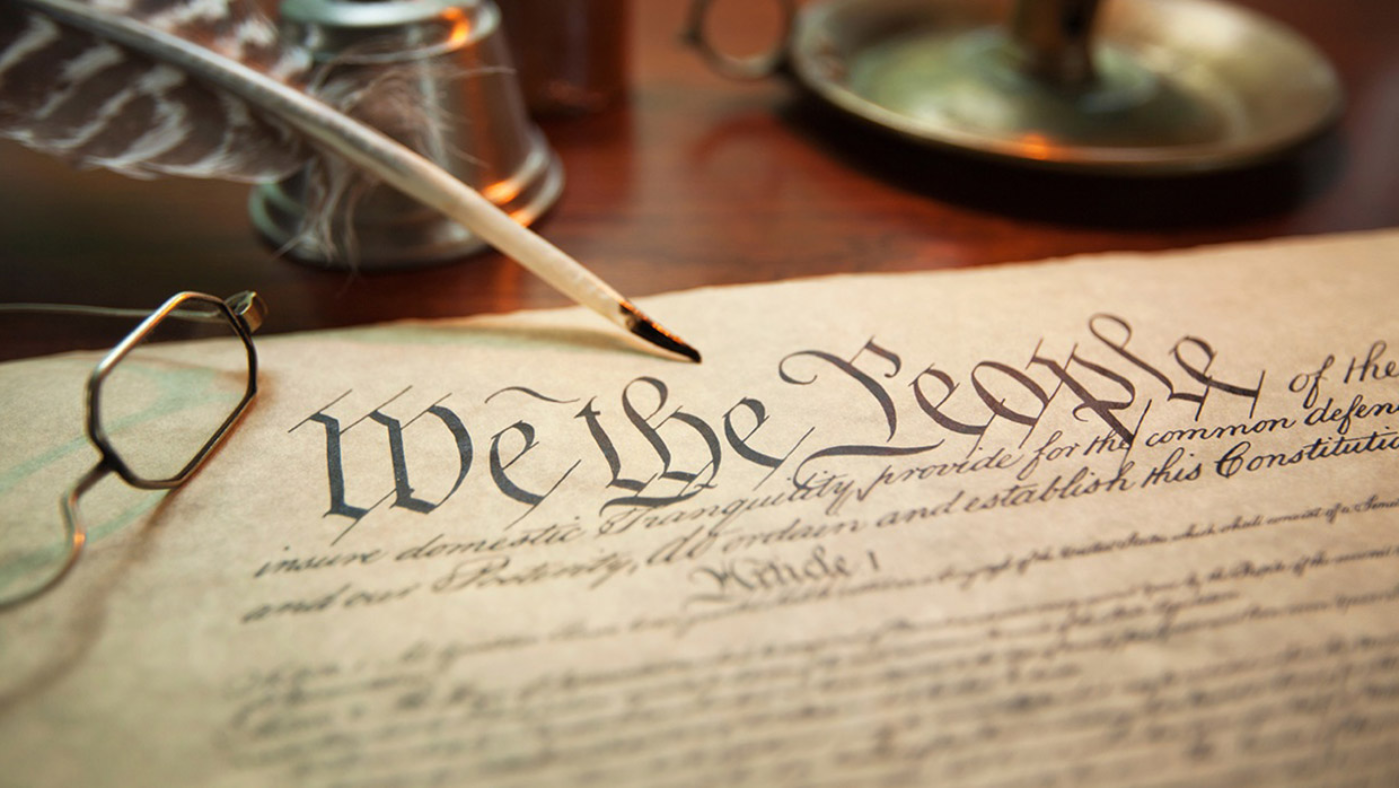Key Takeaways:
- The most effective way to promote engaged citizenship is by showing students how the U.S. Constitution affects their lives.
- Engaging, easy-to-teach lessons from Junior Scholastic will strengthen civics literacy in your middle-school classroom and show your students how they can apply the freedoms and protections the Constitution guarantees.
- Try Junior Scholastic magazine for free to access authentic stories, activities, videos, differentiation tools, and more related to the Constitution and other important social studies topics.
Made just for grades 6–8, Junior Scholastic features teen-focused nonfiction stories about current events and historical topics like the U.S. Constitution. It not only helps you build your students’ social studies knowledge and skills, Junior Scholastic also helps you inspire the next generation of engaged citizens, thinkers, and changemakers.
Start a free trial to Junior Scholastic to access authentic stories, engaging activities, and more!
With these free lessons from Junior Scholastic, your middle school students will learn all about the importance of the Constitution from George Washington’s time to today. Inside, we cover every aspect of the Constitution, from its origin to its amendments, and much more!
Eye on the Constitution
Introduce these lessons with an exclusive U.S. Constitution video from Junior Scholastic.
Students will learn how the Constitution came to be and how it continues to shape the world. For example, they’re used to celebrating the Fourth of July, but did they know September 17 is also a similarly important date in America’s history?
Turn the video into a complete lesson with:
- The accompanying lesson plan, “The U.S. Constitution,” which includes close-viewing questions, writing prompts, and differentiation tips.
- An activity sheet, “What’s the Story?”, that develops critical thinking and media literacy skills.
- And a second activity, “Checks and Balances,” that asks students to read a diagram and write their answers to questions about it.
A Five-Minute History
Next, delve even deeper with our 5-Minute Guide to the U.S. Constitution. It’s filled with fascinating, bite-sized facts, such as why James Madison is called the Father of the Constitution, when the Bill of Rights was added, what a veto is, and more. There’s also a handy infographic on how to read the Constitution, colorful illustrations, and capsule bios of notable signers, including Alexander Hamilton.
The accompanying step-by-step lesson plan helps you teach skills such as summarizing, analyzing details, and conducting research. Your students will jump at the chance to sound off with the argument-writing activity, “Make Your Voice Heard.” Each student will choose an issue they care about and write a persuasive letter or email about it to a legislator.
The First Amendment
Explore Americans’ most important individual freedoms in our lesson, “First Amendment 101.” As always, Junior Scholastic relates an important curricular topic to young people’s lives.
“Disagree with a law in your town? You can speak up about it. Worship differently than your friends? You have the right to follow any faith you choose or none at all.”
Our video, “Free Speech—and Its Limits,” shows students that our rights both empower us and call for responsible behavior. Along with this student-friendly story, we provide skill-building activities that include close-reading questions, a crossword puzzle that builds vocabulary, a worksheet for analyzing a primary source, and a test-prep quiz.
The Equal Rights Amendment
“It isn’t easy to amend the Constitution. The process is so difficult that it’s only happened 27 times.”
Our Equal Rights Amendment lesson is a great way to show students that the Constitution is a living document. Americans continually consult, interpret, and even want to change it. Our story profiles a group of middle school girls in Massachusetts who are advocating for ratification of the ERA. It includes a video about the changing roles of women in U.S. politics.
Use this article to spark a discussion about social activism and civic responsibility. You can also use it to focus on content-area skills. Follow the lesson plan and encourage students to learn how to analyze a primary source and read a graph. There’s even a read-aloud play about the suffragists to help build reading fluency and knowledge of American history.
A Special Offer from Junior Scholastic
You’ll discover more engaging civics lessons with Junior Scholastic when you start a 30-day free trial! You’ll also receive our award-winning print magazines for every student; Teacher’s Guides with lesson plans, standards correlations, and more; and unlimited access to our digital differentiation resources for every classroom device.
